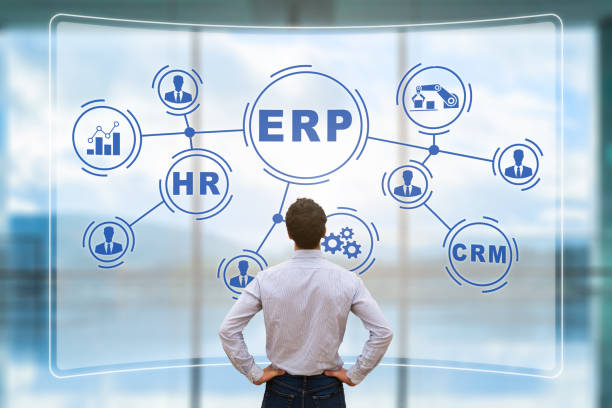
ERP is one of the most valuable systems every organization should have. It helps organizations anticipate digital growth and improve work experience, efficiency, and customer service. However, ERP systems are inadequate when they work alone hence the need to integrate them with other applications and systems to achieve their full business potential.
The integration process can be challenging for many organizations due to the different approaches and sometimes the lack of skills. There is a need to have clear guidelines to avoid any potential errors that may arise during the process, and here are some guidelines.
ERP integration methods
As you plan to integrate the ERP systems with other systems, here are some approaches the business should consider.
Integration platform as a service (iPaaS)
This approach is ideal for integrating virtual systems. You rely on a third-party service provider such as iConduct to integrate the systems on your behalf. The method is critical for fixing major issues during system integration. It is also ideal for helping you comply with various data privacy and compliance measures. Finally, you can forecast the costs over time, making it easier to plan your expenses.
When selecting the enterprise integration platform, you should be cautious about your chosen company. A company must be willing to offer extended services such as systems testing and monitoring to ensure everything runs smoothly. Service providers provide experienced staff to help integrate all the applications and ensure those not virtually available are moved to the cloud to make the integration process smooth and efficient. You can also select automated integration templates to help them synchronize and integrate the systems quickly without relying on third-party intervention, which may be expensive.
Once you integrate the systems using this approach, you should expect updates from the vendor to ensure the systems remain secure. This method may have a few shortcomings compared to others. An attack on one platform can quickly disseminate to other connected systems; however, the company can minimize the attack using updated firewalls and data protection protocols.
Point-to-point integration
This process is more manual and involves using codes to connect two applications and integrate them by sharing the codes. The method lets the team control the integration process and efficiently address different needs and challenges. This method limits the possibility of errors; however, the procedure is time-consuming and hardly gives room for integration automation.
Native integration
This method involves the use of APIs to connect different applications. Once you select the ERP system, the vendor will provide you with a free API subscription to connect the systems. This method also boosts high-quality support in case issues arise during the integration or after a specific duration when using the systems. The process may have certain shortcomings, especially when the applications do not accept the APIs, and sometimes the integration may fail to meet the business requirements.
Enterprise Service bus (ESB) software
It is one of the most used digital methods. The method involves using ESD architecture to allow the application to share data amongst the systems and communicate through a middle layer referred to as the communication bus. The communication bus can help you track and manage integrations, and it is one of the most suitable systems for connecting legacy and on-premium systems.
How to integrate ERP with other systems
Once you understand the different integration approaches, here are steps to follow to integrate the ERP system with other systems successfully. You need to select the third party to conduct the integration approach, or you can choose to do it internally. Once you understand the methods available to integrate the systems, you should understand the step-by-step process to avoid potential errors. You need to understand the business and organization’s needs. You also need to understand the systems before integration to make the necessary changes before you begin the integration process. Next, you must select the ideal integration approach based on the organization’s needs and system challenges.
After streamlining all the systems and organization needs, you need to begin the integration process, then test and monitor to understand any potential source of errors and strengthen some weaknesses that may arise in the future. The following procedure involves training employees on how to use the system. The training is critical for ensuring employees understand the protocols to boost the systems communications and data sharing. After the integration, you must continuously monitor and update the system to ensure it remains efficient.
Benefits of integrating ERP systems with other applications
Integration benefits the business in different ways; the first benefit is the improved data sharing and analytics between the various applications to support the business decision-making process. ERP systems can boost user experience by reducing the time, effort, and energy needed to collect and analyze the data between different systems, increasing system efficiency and user experience.
It helps the company reduce the high costs of operating different systems independently. It eliminates the burden of transferring data from one application to the next to complete the transaction or data processing process. In the process, it also boosts accuracy and compliance with legal and regulatory guidelines.
Conclusion
Before you begin the system integration, you should understand the business needs and the system you are currently operating. It will enable you to select the best system integration approach or the system vendor. You should monitor the process keenly to ensure the business enjoys the benefits such as reduced costs, improved user experience, and improved data analytics and sharing process.














